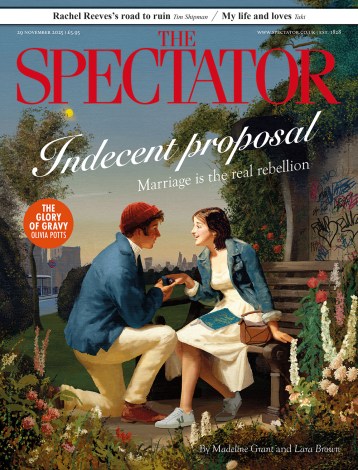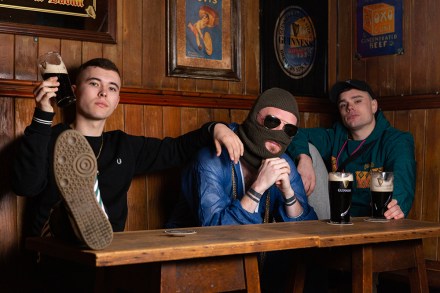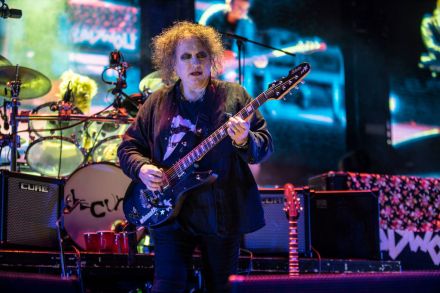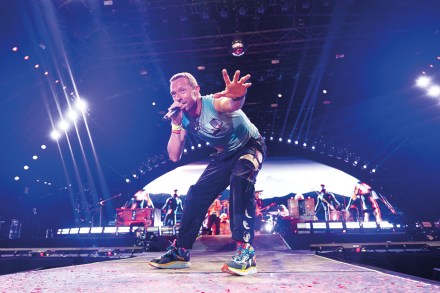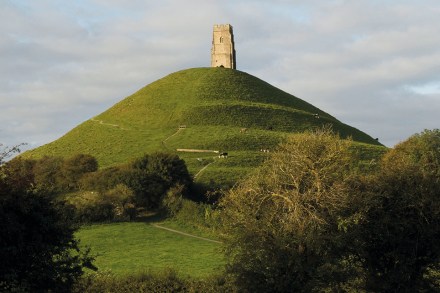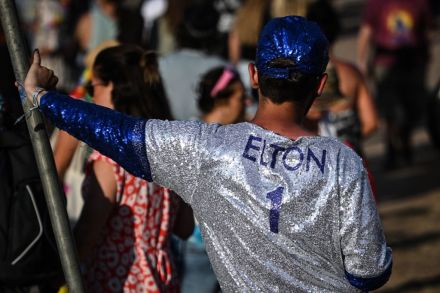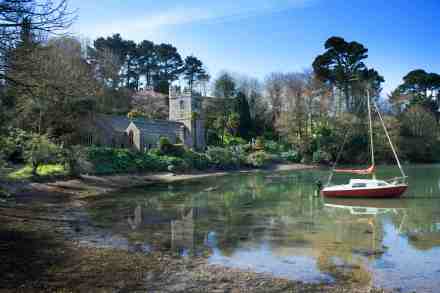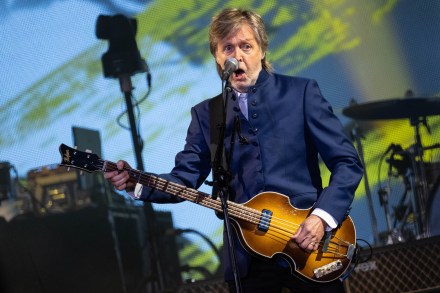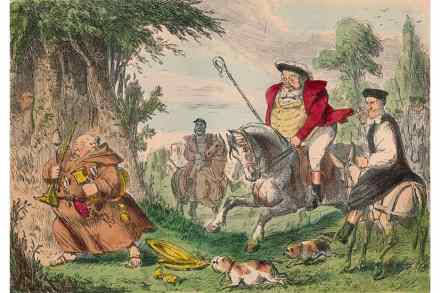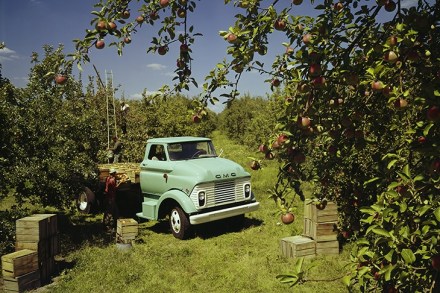Zadie Smith muses on the artist-muse relationship
Zadie Smith was born in 1975 in the UK to a Jamaican mother and a British father, and grew up in the ethnically multi-shaded London borough of Brent. Her novels and essays often conjure the polyglot confusion and vibrant streetscapes of Willesden in north-west London where she went to school. Dead and Alive takes us from her beloved Kilburn High Road (Afro-wig emporia, pound shops) to an appreciation of a Stormzy concert at Glastonbury. This fourth essay collection is unfailingly interesting: Smith is uniquely placed to chart the vagaries of life in mixed-up, mixed-race Britain. Some of the greatest essayists of the 20th century were American. (Only a wordy journal

